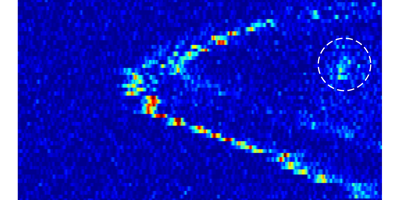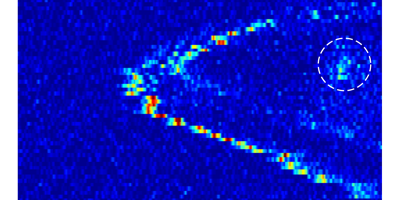Supercontrol of superradiance
Since the 1950s, physicists have studied “superradiance,” a form of enhanced emission of radiation occurring when a collection of atoms can emit light as if they were one single quantum mechanical system. The main requirement to achieve superradiance is that the wavelength of the light be much larger than the average separation of the atoms, so that they can interact coherently.
More recently, ultracold atom technology has allowed researchers to explore the interaction of photons with coherent ensembles of atoms (matter waves). This can lead to a regime called matter-wave superradiance, in which superradiant scattering of light is coupled to a coherent, directional beam of recoiling atoms with a very well defined momentum distribution.
In a paper in Physical Review Letters, researchers in the laboratory of Andreas Hemmerich at the University of Hamburg, Germany, report experiments in which matter-wave superradiance can be precisely controlled by placing a cigar-shaped Bose-Einstein condensate inside a resonant optical cavity with a very narrow resonant linewidth. A monochromatic laser, slightly detuned from the cavity resonance, experiences Rayleigh scattering from the coherent blob of atoms.
As the authors demonstrate with imaging studies, under certain resonant conditions a regime can be reached in which standing matter and optical waves are strongly coupled. In such a regime, the recoiling atoms remain coherent but are shifted into a new state of higher momentum and emit coherent, superradiant light pulses. Because the optical cavity is narrow band, only a restricted and precisely defined set of motional states couples to the light. This could be used to speed up, slow down, or redirect coherent collections of atoms for high-precision metrology purposes. – David Voss





